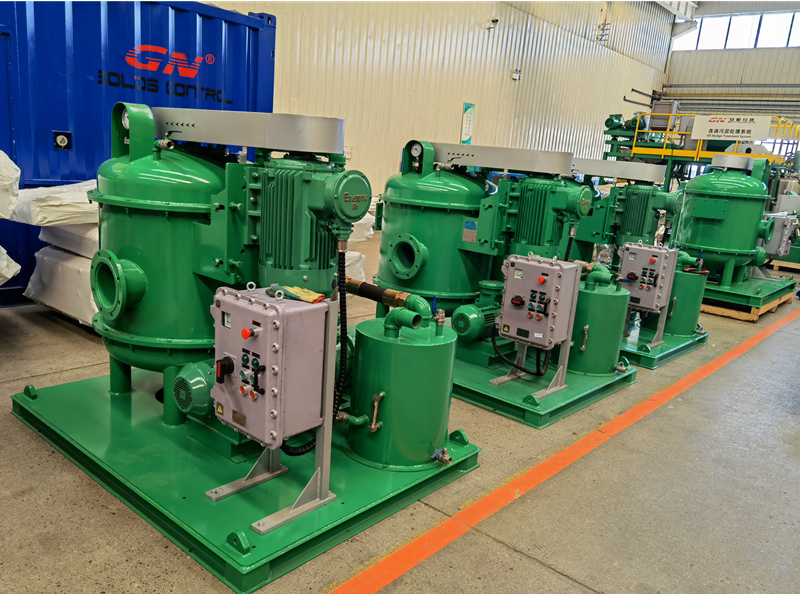GN Solids Control make vacuum degasser and centrifugal degasser to suit for various sizes drilling rig solids control system. Mostly, clients use the degasser unit after shale shaker and before mud cleaner separator. Most vacuum degasser should be used together with a centrifugal pump for feeding. GN Solids Control vacuum degasser is self-suction type. It is generate vacuum and suck drilling mud automatically. It can save a pump and save power.
The correct installation of drilling mud vacuum degasser should be at the suction tank. It is the first tank downstream of the sand trap, or when there is no sand trap, it is the first sand trap. The sand trap should be constantly stirred to help the drilling fluid tumble and separate as much gas as possible from the drilling fluid.
The treated drilling fluid then flows into the next circulating tank. There should be a welded pipe or overflow port that can withstand high flow rate between the two pools. The discharge tank of the degassing device is also the suction tank of the centrifugal pump. The centrifugal pump here is used to pump the drilling fluid from the ejector of the degassing device. At this time, the drilling fluid is usually called dynamic drilling fluid.
Pumping the drilling fluid from the ejector is actually sending the drilling fluid from the suction pool of the degassing device to the unloading pipeline. Design and equipment installation due to Bernoulli effect, a low-pressure area is formed at the ejector, so that the discharge from the ejector returns to the same container. It is used as the suction of power well fluid. The drilling fluid is sucked into the vacuum degasser, and then passes through the degassing container. The reason is that the centrifugal pump cannot pump out the drilling fluid containing gas. Therefore, the drilling fluid cannot be pumped out of this container, but can only be inhaled.
